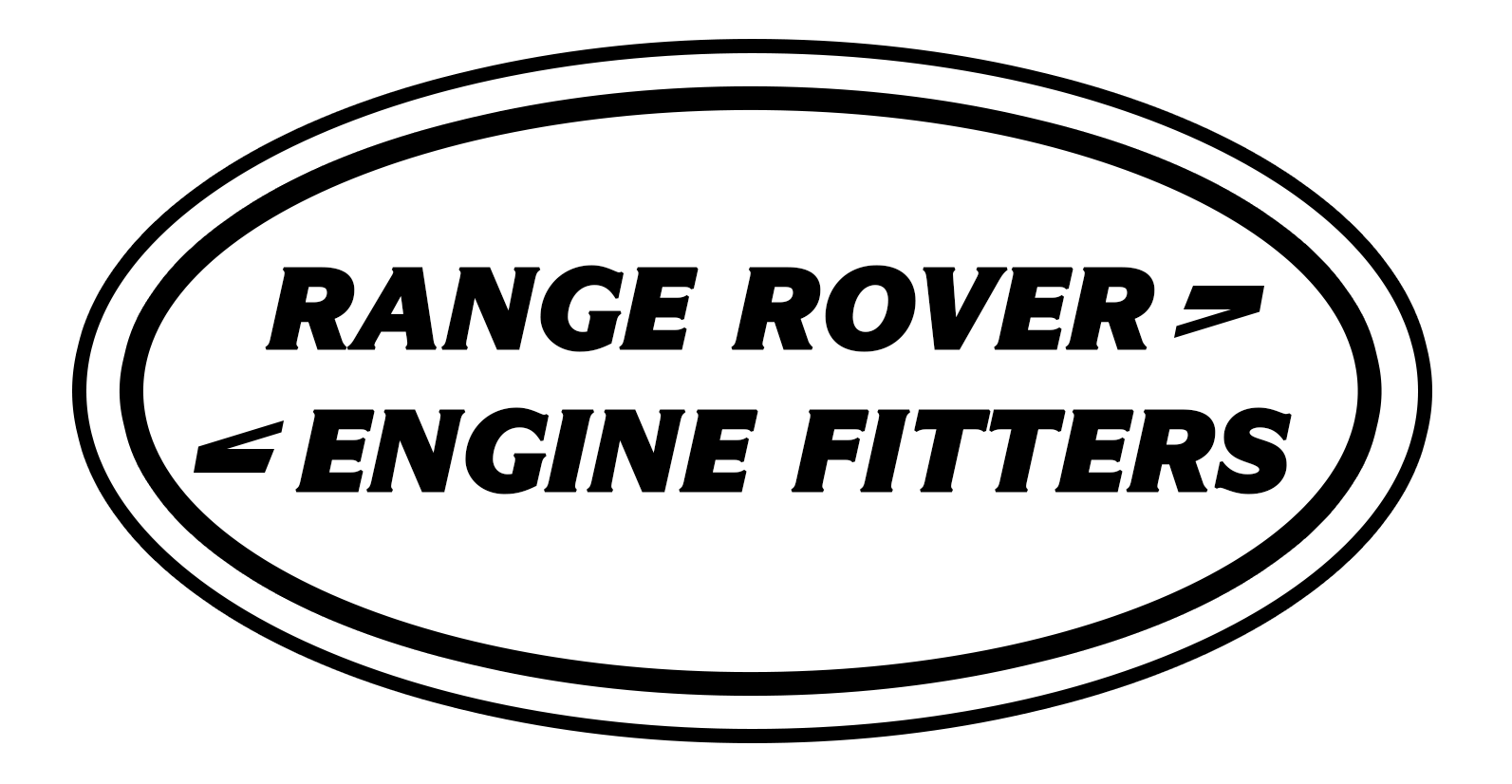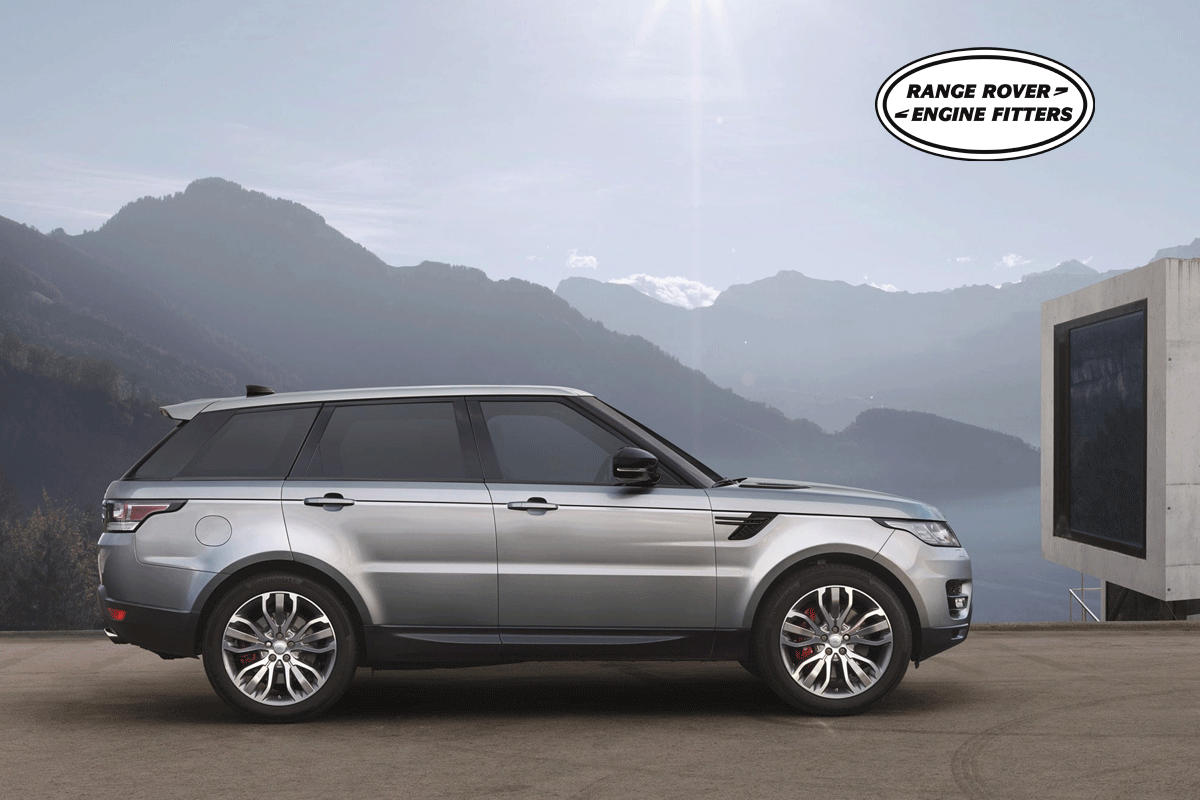The Range Rover 2.0 engine is part of a new generation of powertrains designed to deliver optimal performance without the bulk of larger engines. With the automotive industry increasingly leaning towards downsizing engines to meet environmental and efficiency standards, the 2.0-liter engine represents a balanced approach to power and economy. We explores how the size of the Range Rover 2.0 engines affects its overall performance, emphasizing the benefits and potential drawbacks of a smaller engine in a luxury SUV.
The Balance Between Power and Efficiency
The 2.0-liter engine size is often seen as a sweet spot for balancing power and fuel efficiency. In the case of the Range Rover, this engine offers an impressive output, allowing the vehicle to perform well under various driving conditions. However, the smaller displacement also means that the engine can operate more efficiently, consuming less fuel compared to larger counterparts. This balance is particularly crucial for those looking to reduce fuel costs without compromising on the performance of their luxury SUV.
Moreover, the reduced weight of the 2.0 engine contributes to better handling and responsiveness, making it an attractive option for drivers who prioritize agility in their driving experience. The Range Rover’s 2.0 engine is designed to provide a satisfying driving experience while maintaining the fuel economy that modern consumers demand.
Impact on Acceleration and Speed
One might assume that a smaller engine would result in slower acceleration and reduced top speeds, but the Range Rover 2.0 engine defies these expectations. Thanks to advanced engineering, including turbocharging technology, this engine can deliver power quickly, resulting in impressive acceleration. The smaller engine size does not mean sacrificing speed or agility; instead, it means that power is delivered more efficiently and with greater precision.
Turbocharging plays a significant role in boosting the engine’s performance, allowing the 2.0 engine to punch well above its weight class. This makes the Range Rover 2.0 an excellent choice for drivers who want the best of both worlds: a smaller, more efficient engine that still delivers the high performance expected from a luxury SUV.
Fuel Efficiency and Environmental Impact
One of the most significant advantages of the 2.0 engine size is its fuel efficiency. Smaller engines naturally consume less fuel, which is increasingly important in a world where environmental concerns and fuel costs are paramount. The Range Rover 2.0 engine is designed to optimize fuel consumption without compromising performance, making it an environmentally friendly choice for those who want to reduce their carbon footprint.
The efficient fuel consumption also translates to fewer emissions, aligning with global efforts to reduce pollution and meet stricter environmental regulations. Drivers who choose the Range Rover 2.0 engine can enjoy the luxury and performance of a Range Rover while contributing to a cleaner environment.
Handling and Maneuverability
The smaller size of the 2.0 engine contributes to better handling and maneuverability in the Range Rover. A lighter engine means that the vehicle’s weight is better distributed, leading to improved balance and stability. This is particularly beneficial when navigating tight corners or driving in urban environments where agility is essential.
Moreover, the improved handling does not come at the cost of comfort. The Range Rover 2.0 engine maintains the smooth and comfortable ride that the brand is known for, making it an ideal choice for both city driving and long-distance travel. The combination of power, efficiency, and handling makes this engine size a versatile option for a wide range of driving scenarios.
Reliability and Maintenance Considerations
When it comes to reliability, the 2.0 engine size offers several advantages. The reduced complexity of a smaller engine often means fewer components that can fail, leading to increased reliability and lower maintenance costs. For those considering Engine Replacement or looking into Reconditioned Engines, the 2.0-liter engine presents a cost-effective option that does not compromise on quality or performance.
In addition, the availability of parts and the relative ease of maintenance make the 2.0 engine a practical choice for long-term ownership. Whether opting for a new engine or exploring options for a reconditioned one, the Range Rover 2.0 engine is designed to offer longevity and dependability.
The Role of Turbocharging in Enhancing Performance
Turbocharging is a key factor in making the most of the 2.0 engine’s size. By forcing more air into the combustion chamber, turbochargers significantly increase the power output of the engine without requiring a larger displacement. This means that the 2.0 engine can deliver the power and performance expected from a much larger engine, all while maintaining the efficiency benefits of its smaller size.
For those considering the Supply and fit of a new or reconditioned engine, turbocharging technology should be a crucial consideration. It not only enhances the performance of the Range Rover 2.0 engine but also ensures that the vehicle remains competitive in terms of power and efficiency compared to other luxury SUVs.
Cost-Effectiveness of the 2.0 Engine
The 2.0 engine size offers a cost-effective solution for those looking to enjoy the luxury and performance of a Range Rover without the higher costs associated with larger engines. The smaller engine size generally means lower upfront costs, reduced fuel consumption, and potentially lower insurance premiums. For those considering an Engine Replacement or opting for Reconditioned Engines, the 2.0 engine provides a financially sensible option.
Furthermore, the efficiency of the 2.0 engine means that long-term operating costs are lower, making it an attractive option for budget-conscious buyers who do not want to compromise on the Range Rover experience. The balance of performance, efficiency, and cost makes the Range Rover 2.0 engine a well-rounded choice for a wide range of drivers.
Conclusion:
In conclusion, the size of the Range Rover 2.0 engine plays a significant role in shaping its overall performance. By balancing power with efficiency, this engine size offers a compelling option for those seeking a luxury SUV that does not compromise on either performance or environmental responsibility. The integration of turbocharging technology further enhances the capabilities of this compact engine, making it a competitive choice in the market.

